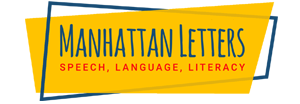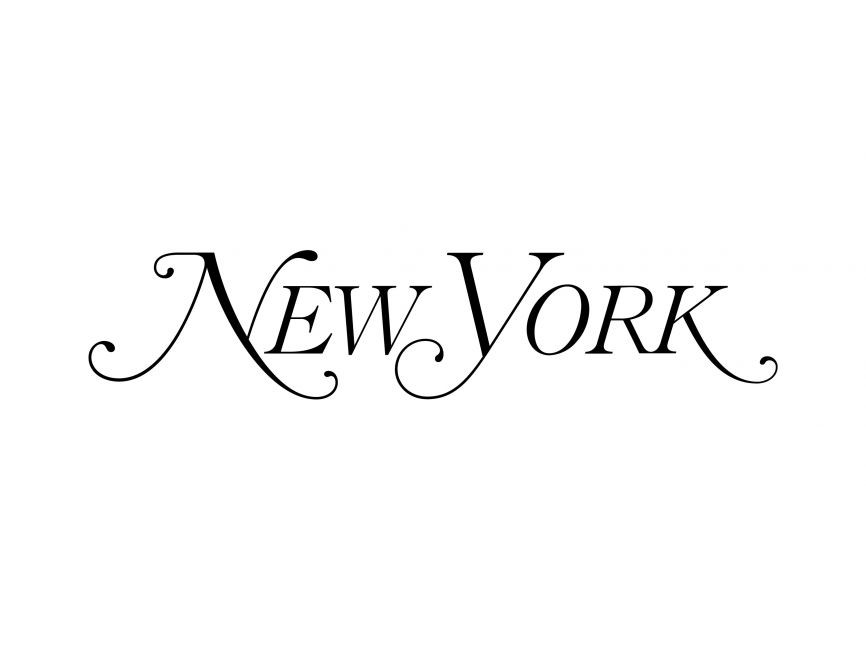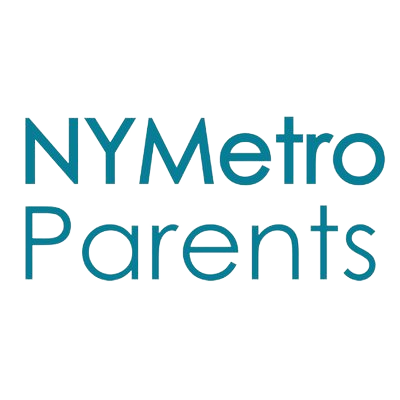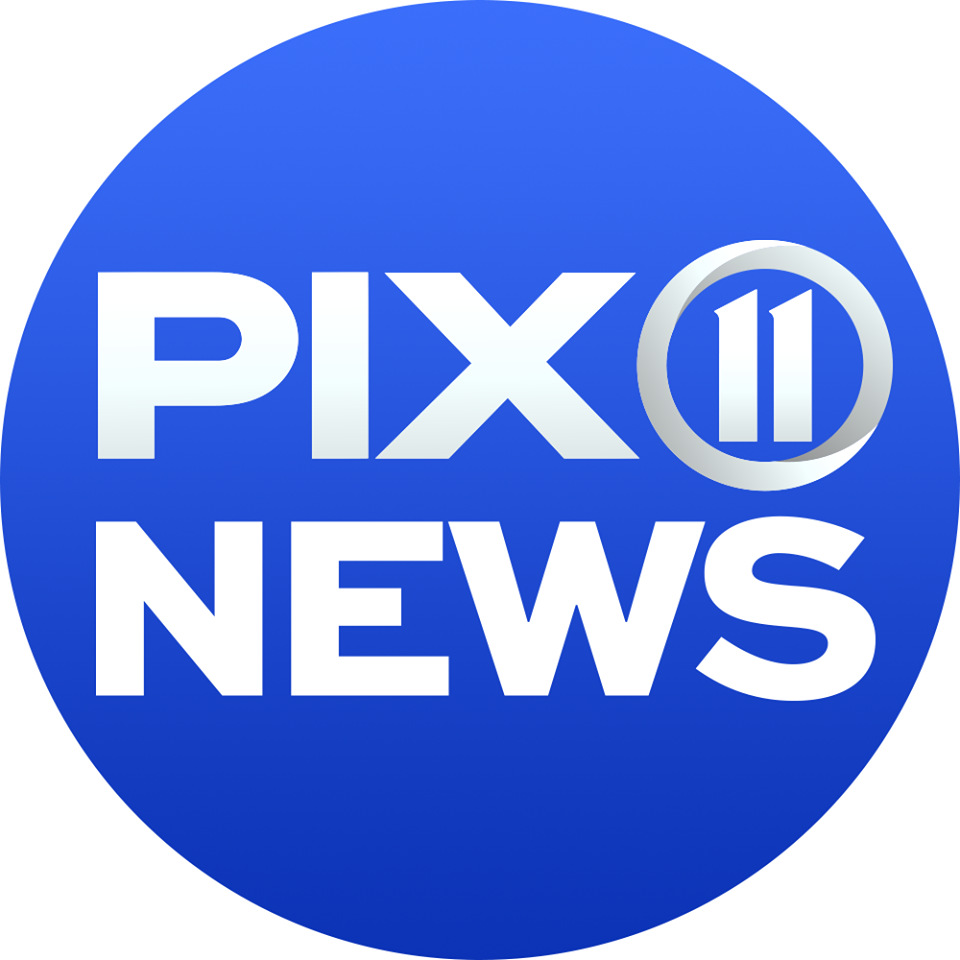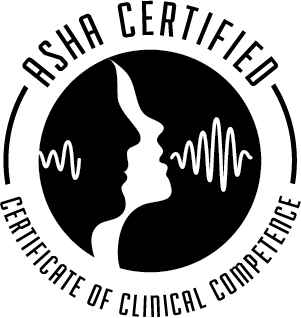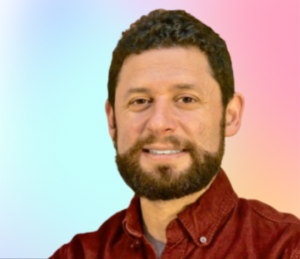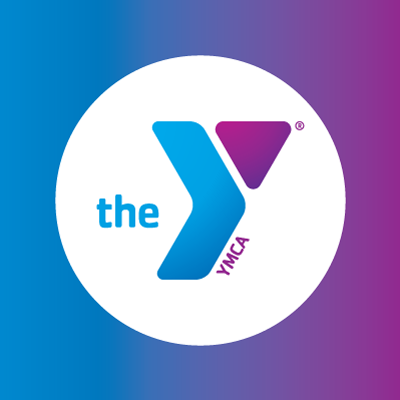MANHATTAN, NYC AAC AUGMENTATIVE AND ALTERNATIVE THERAPY
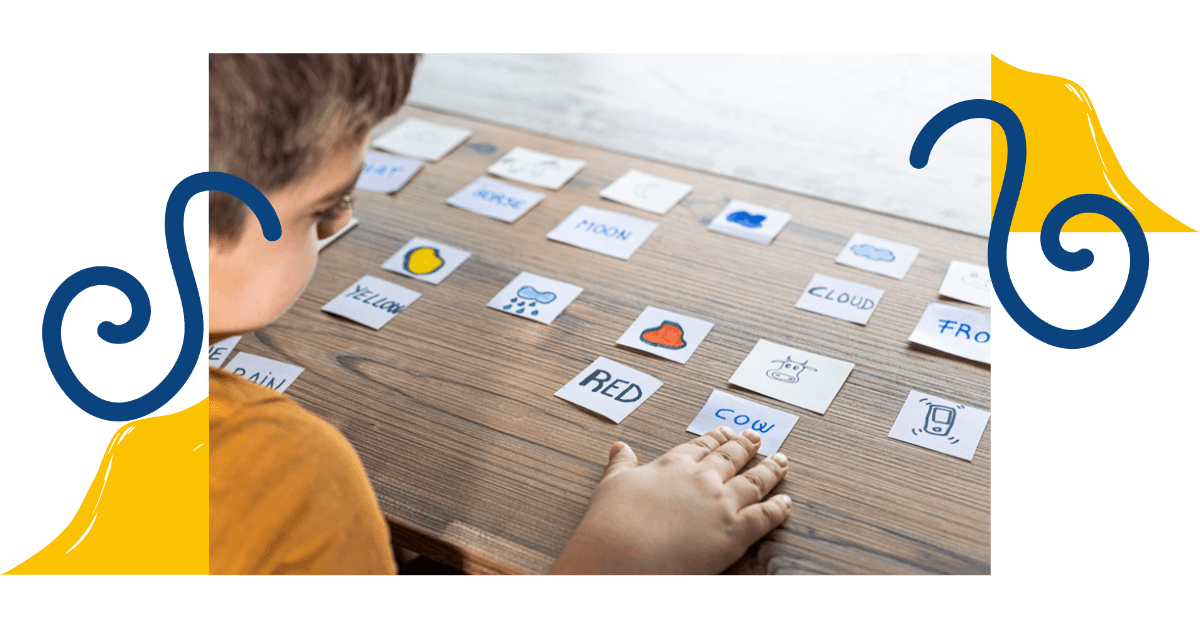
MANHATTAN, NYC AAC AUGMENTATIVE AND ALTERNATIVE THERAPY

As Featured In:
Our Speech Pathologists Travel To Your Manhattan, NYC Home ! Top Private Pay In-Person AAC Augmentative and Alternative Therapy | Free Consultations & Meet-and-Greets With Our Staff | No Contracts, Pay As You Go!
Our Speech Pathologists Travel To Your Manhattan, NYC Home ! Top Private Pay In-Person AAC Augmentative and Alternative Therapy | Free Consultations & Meet-and-Greets With Our Staff | No Contracts, Pay As You Go!
WE TRAVEL TO THE FOLLOWING MANHATTAN NEIGHBORHOODS
We also travel to:
Our Speech-Language Pathologists and Therapists
We travel to you, and we also offer remote services. Some of our speech-language pathologists are trained in the Orton Gillingham approach. Many of our speech-language pathologists are trained in literacy and offer support with decoding, spelling, and reading fluency services. Our speech-language pathologists and therapists work with babies, toddlers, school-age students, and adults with expertise in:
Our Speech-Language Pathologists and Therapists
We travel to you, and we also offer remote services. Some of our speech-language pathologists are trained in the Orton Gillingham approach. Many of our speech-language pathologists are trained in literacy and offer support with decoding, spelling, and reading fluency services. Our speech-language pathologists and therapists work with babies, toddlers, school-age students, and adults with expertise in:
- Pronunciation/Enunciation
- Articulation
- Expressive Language Disorder
- Writing & Speaking Therapy
- Comprehension- Listening & Reading
- Listening Comprehension
- Auditory Processing
- Vocabulary
- Teens- Language Therapy
- Stuttering
- Feeding
- Oral Motor
- Voice
- AAC
- Adult Speech Therapy
- Public Speaking
- Accent Reduction Modification Speech Therapy
Augmentative and Alternative Communication (AAC) refers to the methods an individual uses to express thoughts, ideas, and feelings without speaking. Some of the most common examples of AAC are gestures, text-to-speech software, or using a pen and notepad to write down responses.
AAC is used when speech is not an adequate means of functional communication. The augmentative refers to any devices, methods, or systems used for communication. AAC can also be a tool to help facilitate expressive language when young children are learning how to communicate.
The alternative refers to any devices, methods, or systems used for communication when speech has not developed or has been lost. Many devices or systems can be both. AAC devices are used by many individuals, including those with autism spectrum disorders, cerebral palsy, dysarthria, aphasia, and for children with significant speech-language delays. Project Relate is a communication app for people with non-standard speech. Use it to transcribe text, repeat speech, or engage Google Assistant.
TYPES OF AUGMENTATIVE AND ALTERNATIVE COMMUNICATION
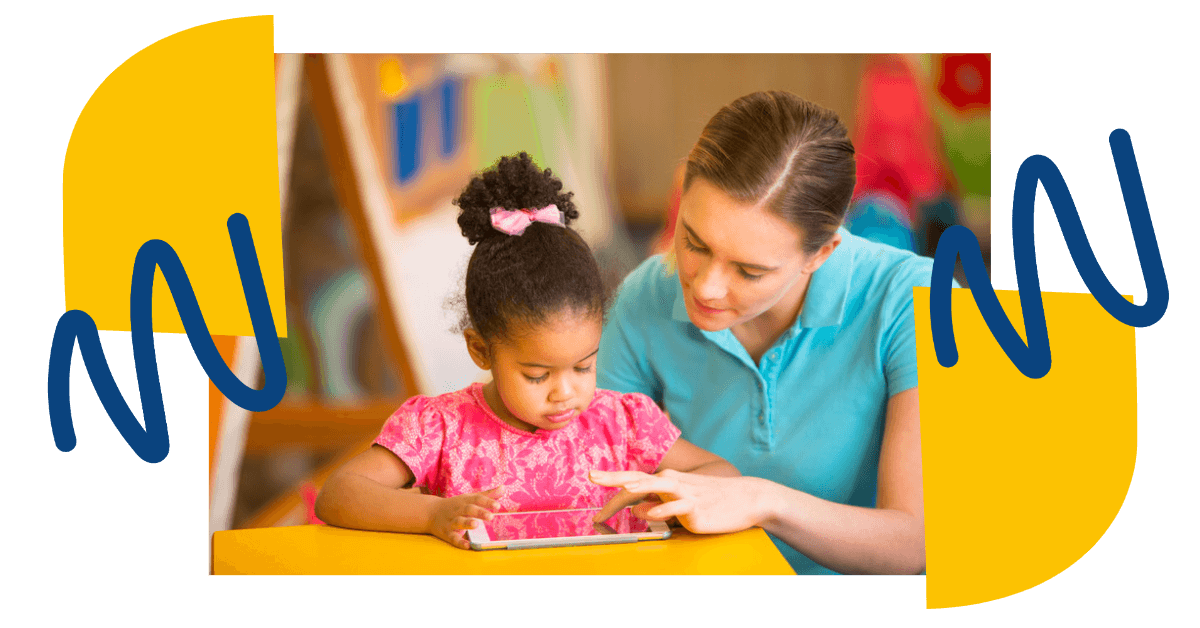
Augmentative and Alternative Communication is divided into two main types: unaided and aided systems. Individuals who need AAC typically use a combination of both types to communicate.
Unaided Systems: This refers to modes of communication that use nothing but your own body. Unaided systems include gestures, facial expressions, body language, manual signs, and sign language. When using this type of AAC, an individual must have adequate motor control and a communicative partner to help relay and interpret the message.
Aided Systems: This type of AAC refers to methods requiring external support or communication tools and devices. Aided AAC systems are further divided into basic and high-tech tools. Examples of basic tools are pen, paper, or boards with photos, letters, and symbols. High-tech tools include computers, tablets, and handheld devices that contain speech-generating applications or software that “speak” for the individual.
Like our clients, AAC devices come in all shapes and sizes! Low or no-tech systems include the Picture Exchange Communication System (PECS), single-cell switch devices (Big Red Switch, Jelly Beamer, Big Mac), multi-switch devices (Step-by-Step, Multi-Step Big Mac), and static communication devices (GoTalk devices). Hi-tech devices include Dynavox products (Tango, Maestro, V), Tobii software and devices, PRC Unity devices (ECO, Vantage Lite), and iPad applications (TouchChat, SceneSpeak, Look2Learn, Sonoflex, Proloquo2Go).
HOW TO CHOOSE AAC SYSTEMS
The aim of all AAC devices is to increase functional communication. Whether this means teaching the client how to request with one word for a desired item or commenting on your surroundings, AAC devices help individuals get their needs met and allow them to be participants in social situations.
EVERYONE is a candidate for AAC. There is no cognitive prerequisite, and accommodations can be made to all systems and devices. Additionally, choosing the type of AAC depends on the needs of the individual. In many instances, a combination of both is necessary to suit different situations. AAC does not hamper speech language development; it only aids in communication!
Some individuals may be more comfortable with unaided methods like signing and gestures when speaking with family members. On the other hand, they may require a speech-generating device in social situations outside the home. There are several factors to take note of when deciding which AAC system to use. This includes the individual’s skills, strengths, and needs. The following are also considered during the assessment process:
- available options for symbols, systems, and access modes
- situations and contexts wherein the individual must communicate
- skills and support available to communicative partners
- the individual’s profile, including hearing, sensory-motor skills, motivation, methods of communication currently being used, and literacy, cognitive, and linguistic skills
HOW A SPEECH-LANGUAGE PATHOLOGIST CAN HELP - AAC AUGMENTATIVE AND ALTERNATIVE THERAPY
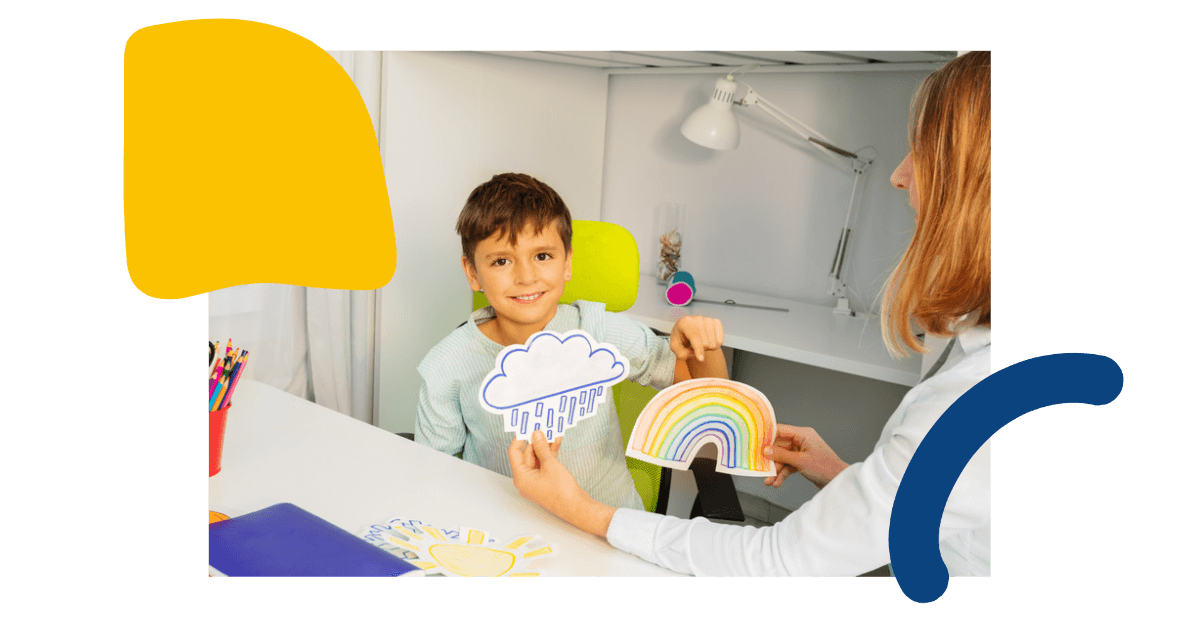
A speech-language pathologist (SLP) is best equipped to determine the appropriate AAC system for an individual. During the evaluation, an SLP will test and observe one’s ability to speak and understand. At Brooklyn Letters, our SLPs assess individuals to determine if there is a need for AAC and which device or system would best suit that individual.
Our specialists work with families to help individuals develop independence. We work with clients towards overcoming their particular difficulties. They are available to review, augment, and implement assistive technology recommendations following an evaluation. They also conduct AAC therapy, which works on familiarizing clients with their AAC device or system. Additionally, they provide communicative partner training to ensure generalization.
Our specialists are also available to consult with schools about adapting curriculum, integrating assistive technology, and training teaching staff on how to work with assistive technology tools.
MEET OUR MANHATTAN SPEECH LANGUAGE THERAPISTS AND PATHOLOGISTS WHO TRAVEL TO YOUR HOME
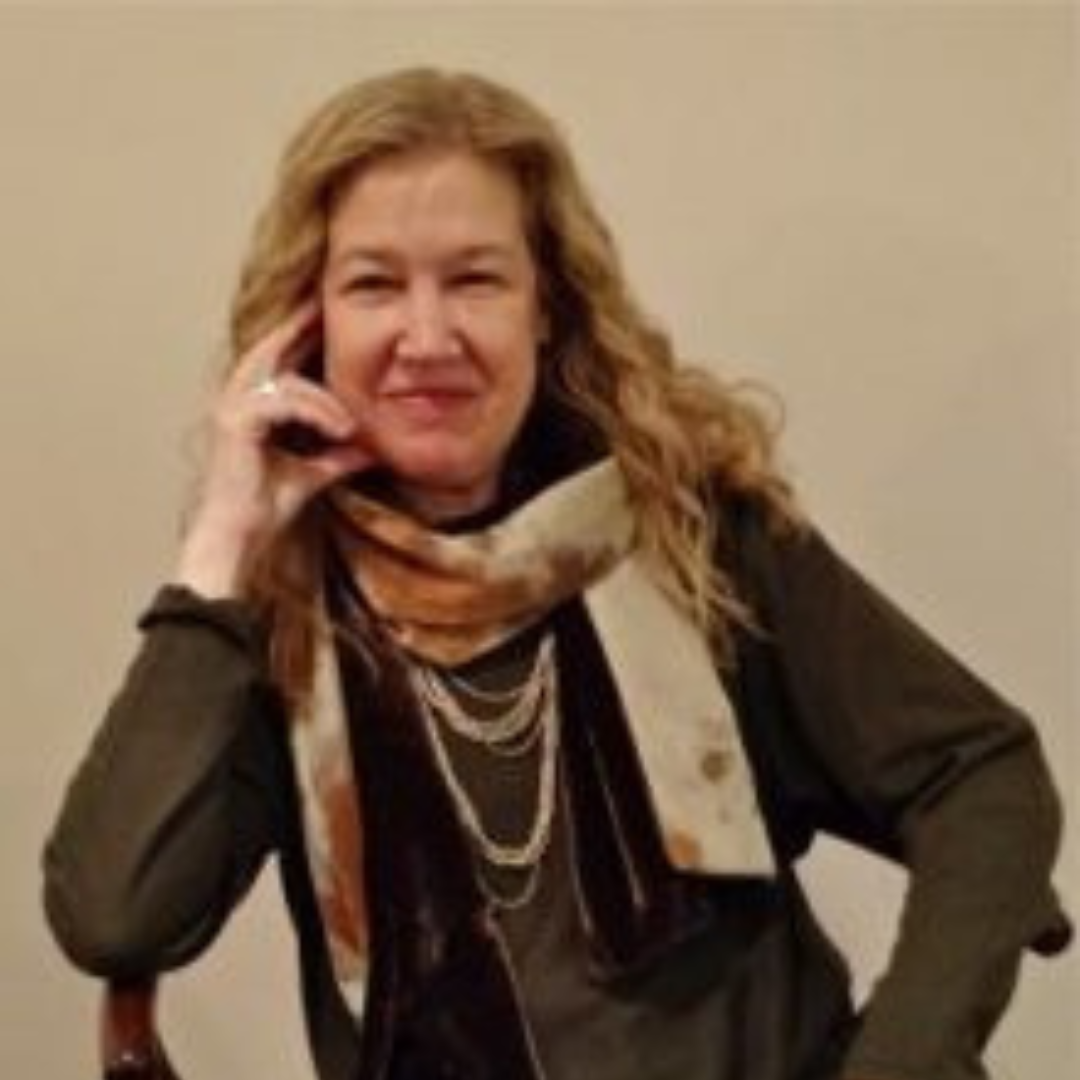
Marcy G.
M.S., CCC-SLP, TSSLD, SPEECH-LANGUAGE PATHOLOGIST

Mila K.
M.S., CCC-SLP, TSSLD, SPEECH LANGUAGE PATHOLOGIST
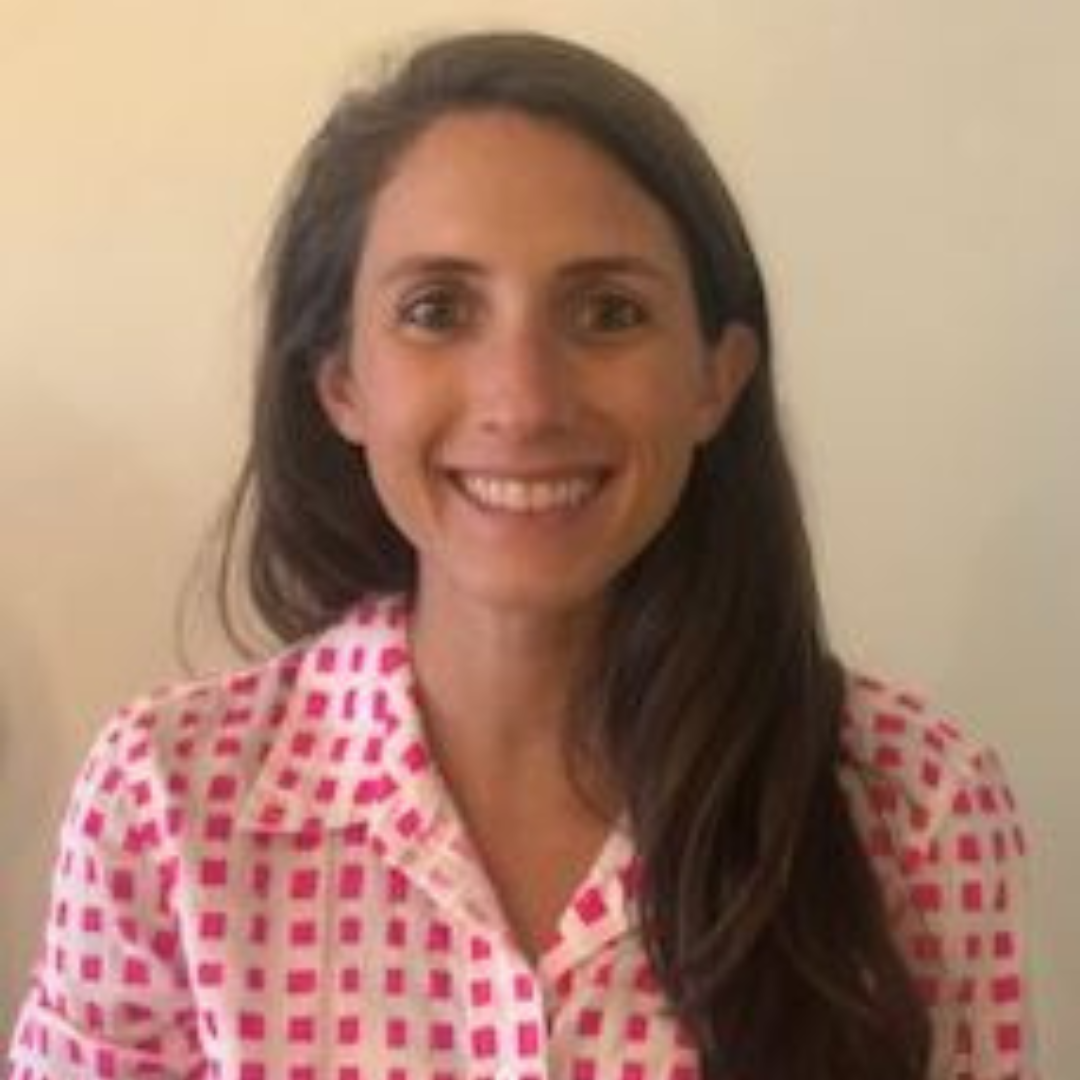
Christina A.
M.S., CCC-SLP, SPEECH LANGUAGE PATHOLOGIST
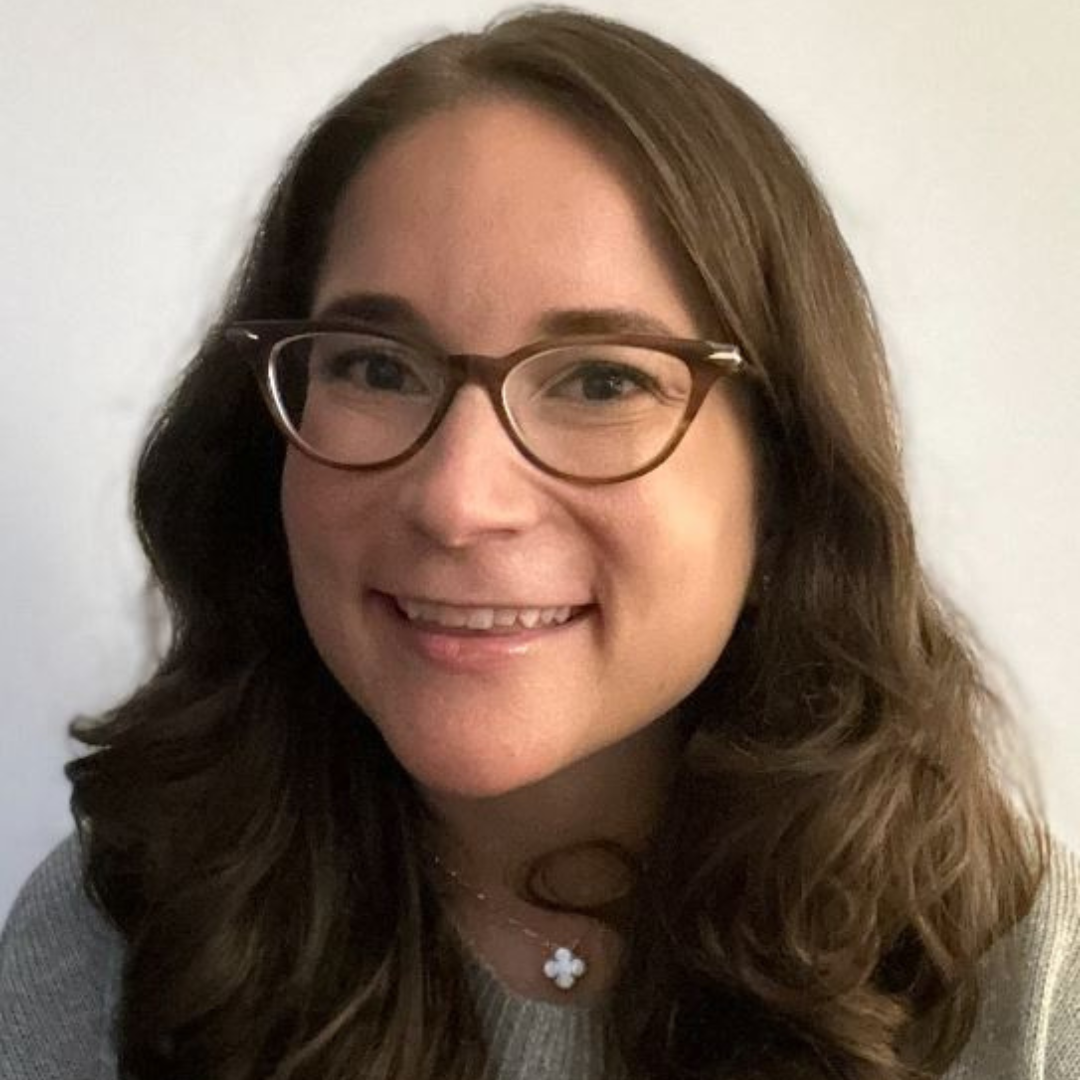
Liza B.
M.S., CCC-SLP, TSSLD, SPEECH LANGUAGE PATHOLOGIST

Amanda
M.S., CCC-SLP, TSSLD, SPEECH-LANGUAGE PATHOLOGIST
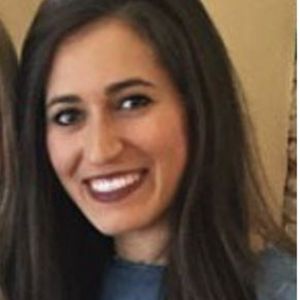
Rachel
M.S., CCC-SLP, TSSLD, QOM

Valerie
M.S. CCC-SLP
FREE CONSULTATION!!!
Call: (347) 394-3485,
Text: (917) 426-8880
Email: [email protected]
(we respond to email right away!)
